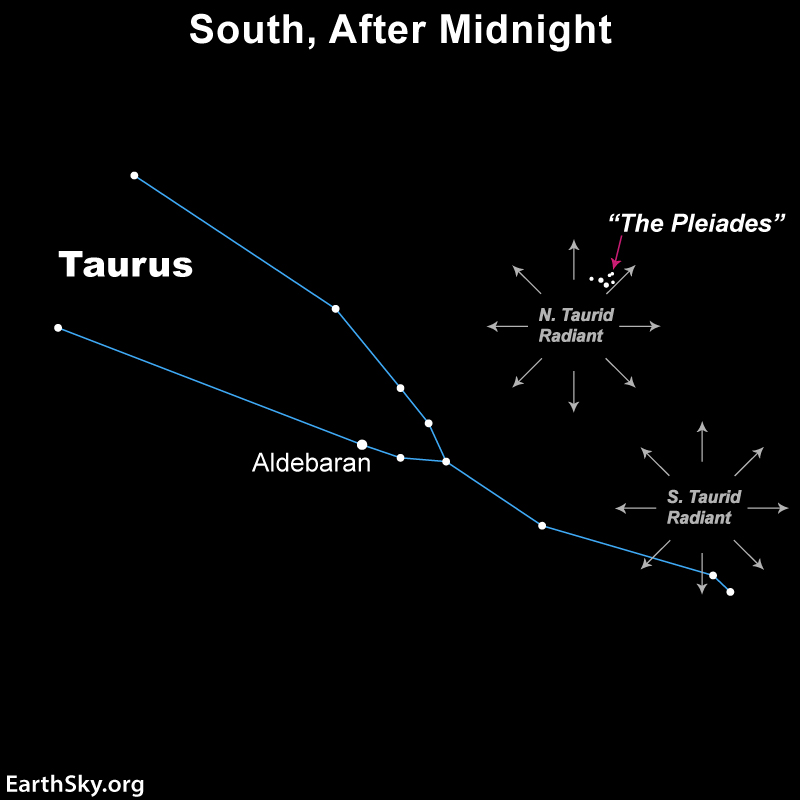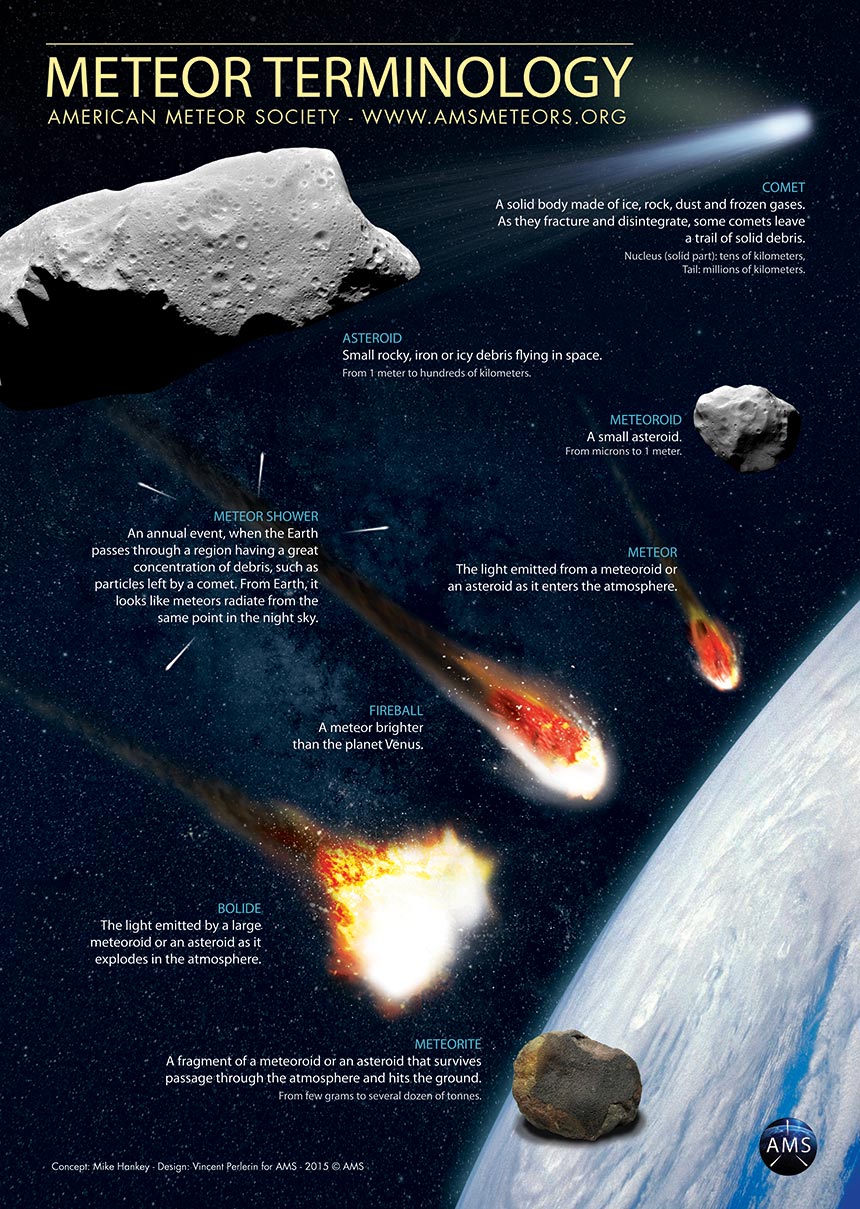On Tuesday, September 12th, 2023, approximately 30 seconds past 7:19 PM, those living in the eastern Caribbean were treated to one of the most visible meteor burn-ups in recent history.
The meteor, which burnt up high in the atmosphere, produced a stellar green glow that permeated the night sky, leaving behind an orange trail. The ordeal lasted less than 10 seconds. Based on reports received by the Trinidad and Tobago Weather Center and the America Meteor Society, the meteor entry was spotted from Trinidad and Tobago to Antigua and Barbuda. If you have spotted a fireball or meteor, you can report it to the American Meteor Society, which collates such reports.
View of the meteor from Barbados that has been spotted across Trinidad and Tobago, Grenada, St. Vincent and Barbados at 7:19 PM Tuesday, September 12th, 2023.
— TTWeatherCenter (@TTWeatherCenter) September 13, 2023
🎥: Zach Evelynhttps://t.co/hBAcmuthWu pic.twitter.com/h34trZdFgu
Based on the GOES-16 Geostationary Lightning Mapper data, which detects both lightning and the bright flashes from meteor entries into the atmosphere, Tuesday night’s meteor burnt up over northern Grenada, as there were no convection nearby capable of producing lightning in this area at this time.

Within minutes of the meteor burning brightly in the sky, hundreds of reports of the spectacular sight began to be posted on social media, including numerous dashcam and security camera videos.
What caused the green glow?
View of the meteor that has been spotted across Trinidad and Tobago, Grenada, St. Vincent and Barbados at 7:19 PM Tuesday, September 12th, 2023.
— TTWeatherCenter (@TTWeatherCenter) September 13, 2023
🎥: @/slim3000tt (Instagram)https://t.co/hBAcmuthWu pic.twitter.com/qOe4U3zEIj
As it burnt in the atmosphere, the meteor created a bright green or teal glow and left a bright orange trail. The colors of the glow and trail indicate the dominant chemical composition of meteors, with green suggesting a high magnesium content. In contrast, the orange trail shows a high sodium content.

What a meteor is made out of is one of many factors that determine the color that it appears. The speed at which the meteor enters the Earth’s atmosphere can also affect its color. The faster a meteor moves, the more intense the color may appear, according to the American Meteorological Society (AMS). The AMS also added that slow meteors are red or orange among fainter objects, while fast meteors frequently have a blue color.
Meteors generally begin to burn as they hit the Earth’s atmosphere, resulting in bright light emanating between 65 and 120 kilometers above the Earth’s surface. Meteors also dive into the atmosphere at speeds ranging from 40,200 to 257,500 kilometers per hour.
Where did the meteor come from?
View of the meteor from Trinidad that has been spotted across Trinidad and Tobago, Grenada, St. Vincent and Barbados at 7:19 PM Tuesday, September 12th, 2023.
— TTWeatherCenter (@TTWeatherCenter) September 13, 2023
🎥: @/Becksgc_ (X/formerly Twitter)https://t.co/hBAcmuthWu pic.twitter.com/u2it3ZEu2E
At first, some regional news outlets and prominent social media bloggers incorrectly began spreading it was the re-entry of a Starlink satellite, even posting fake or digitally altered videos. However, this was quickly debunked as that happened several days earlier on September 6th, 2023, between 7:25 PM and 7:26 PM, and was spotted in Puerto Rico.
Then, eyes went to Comet Nishimura. According to Newsday, it could have been visible from T&T at 5:19 AM on September 12th, 2023. However, it would have been far too south on the horizon with the sun rising to be able to see it clearly, and this would have been more than 12 hours before the meteor entered our atmosphere later that night.

While it is difficult to pinpoint the origin of the meteor based on the limited information at hand, we look to the ongoing meteor showers. On September 12th, there weren’t any peaks of any meteor showers, but we could have seen a meteor originating from the South Taurids, which can be active from September 10th through November 20th, and its uncertain peak on November 6th, 2023, while the neighboring North Taurids send meteors our direction anywhere from October 20th through December 10th, with an uncertain peak of November 13th, 2023. Generally, it’s best to watch the highest in the sky around midnight, particularly from late October to early November.
How to tell meteors from space debris
Although some observers may think at first they are seeing a meteor, there are two main characteristics that will let you know if it’s space debris.
- Space debris appears as an extremely slow “meteor,” sometimes lasting one or two minutes. A natural meteor (space rock) takes just a few seconds to zip across the sky. In fact, space debris appears so slowly that some people are able to turn on their phone cameras to take pictures or video of the event.
- Another clear indication that the observed object is space debris in our atmosphere is that it will have a very noticeable fragmentation. You’ll be able to see some small objects separating from the main object, with some leading to the main event while other fragments fall behind.
This is not the first time observers have seen Starlink satellites disintegrating in our region. On February 7, 2022, a group of just-launched satellites reentered the atmosphere when a geomagnetic storm from the sun prevented the satellites from reaching their intended orbit. Geomagnetic storms cause the atmosphere to warm and affect atmospheric density, increasing drag and causing low-altitude satellites to reenter.
Meteors vs. Comets vs. Meteorites
While there were no reports of any space rocks hitting the ground in Grenada on Tuesday night, which would then be called meteorites, meteors frequently burn up worldwide, including in the Caribbean region. Colloquially called shooting stars, these meteor reentries peak during meteor showers where the Earth passes through debris from comets, leading to these pieces of space rock or dust burning in the Earth’s atmosphere.
Meteorite strikes are more common than you might think. Dust-grain-sized meteoroids strike the Earth’s atmosphere almost constantly, but they often go unnoticed. Meteoroids between a millimeter and a centimeter burn up in the atmosphere and appear to us as shooting stars. Larger strikes are less common—a one-meter meteoroid strikes the Earth once each year on average and would reach the ground as smaller debris, while a 100-meter meteoroid strikes the Earth approximately every 10,000 years, according to a Tufts University fact sheet. Meteoroids over 1 kilometer hitting Earth are catastrophic events that occur every 1 million years on average.

Meteoroids do not discriminate where they land nor where they enter the earth’s atmosphere. Hence, it is well within the realm of possibility that events such as this could happen across Trinidad, Tobago, or any of the other Caribbean islands.
But medium-size strikes can be dramatic spectacles—and in some cases, dangerous. The Chelyabinsk meteor that struck southern Russia in February 2013 blew out windows and caused indirect injuries to almost 1,500 people.









